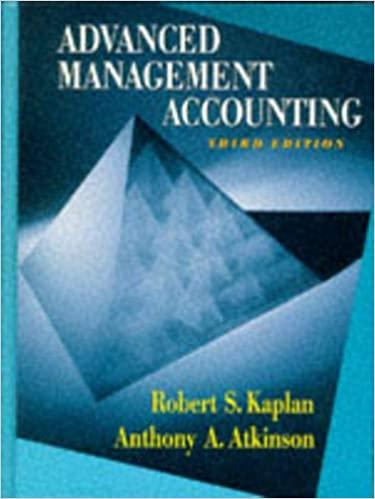Question
Accounting for Excise Taxes Step 1: Identification of Excisable Goods: The first step in accounting for excise taxes involves identifying the goods subject to excise
Accounting for Excise Taxes
Step 1: Identification of Excisable Goods:
The first step in accounting for excise taxes involves identifying the goods subject to excise duties. Excise taxes are typically imposed on specific goods, such as alcohol, tobacco, fuel, and certain luxury items. Businesses need to determine whether their products fall within the scope of excise taxation.
Step 2: Calculation of Excise Tax Liability:
Once the excisable goods are identified, businesses must calculate the excise tax liability. This involves applying the relevant tax rates to the quantity or value of the excisable goods produced or sold. The excise tax is often based on units (e.g., per gallon of fuel) or ad valorem (percentage of the goods' value).
Step 3: Collection and Recordkeeping:
Businesses are responsible for collecting excise taxes from customers during the sale of excisable goods. These collected taxes must be accurately recorded and segregated from other taxes for transparency and regulatory compliance. Proper recordkeeping is crucial for auditing purposes and to ensure that the correct amount of excise taxes is remitted to the government.
Step 4: Reporting and Documentation:
Excise tax reporting involves preparing periodic returns detailing the excise taxes collected and owed. Accurate documentation, including invoices and records of excisable goods movement, is essential for compliance and audit purposes. Timely submission of excise tax returns to the tax authorities is critical to avoid penalties and interest charges.
Step 5: Remittance to Tax Authorities:
Businesses must remit the collected excise taxes to the relevant tax authorities within the stipulated time frame. Failure to remit taxes on time can result in penalties and interest charges. It is crucial to reconcile the excise tax liability with the amounts remitted to ensure accuracy and compliance.
Fill in the Blanks Type Question:
The calculation of excise tax liability involves applying the relevant tax rates to the quantity or value of the excisable goods produced or sold. The excise tax is often based on units (e.g., per gallon of fuel) or __________ (percentage of the goods' value).
a. Per capita b. Ad valorem c. Fixed rate d. Proportional
Please choose the correct option to complete the sentence based on the information provided in the case study.
Step by Step Solution
There are 3 Steps involved in it
Step: 1

Get Instant Access to Expert-Tailored Solutions
See step-by-step solutions with expert insights and AI powered tools for academic success
Step: 2

Step: 3

Ace Your Homework with AI
Get the answers you need in no time with our AI-driven, step-by-step assistance
Get Started


